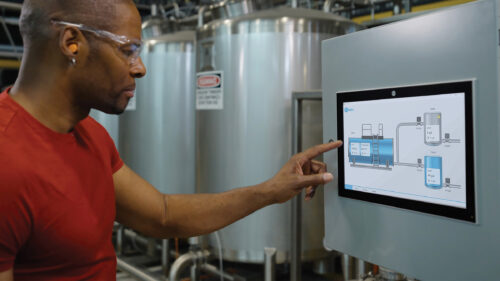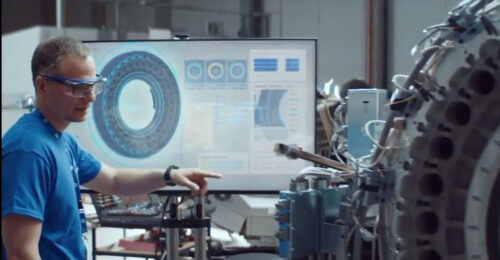IDA, PNO ‘talking’ to each other
IDA president Martin Müller and PNO chairman Edgar Küster told a joint press conference at the recent Hannover Fair 2002 that their groups were collaborating on "technical subjects of mutual interest for Ethernet-based communication solutions." Both the Interface for Distributed Automation (IDA) group and Profibus Nutzerorganisation (PNO) are working on real...
IDA president Martin Müller and PNO chairman Edgar Küster told a joint press conference at the recent Hannover Fair 2002 that their groups were collaborating on “technical subjects of mutual interest for Ethernet-based communication solutions.”
Both the Interface for Distributed Automation (IDA) group and Profibus Nutzerorganisation (PNO) are working on real-time Ethernet TCP/IP and Internet-based automation concepts, and state they will introduce their respective solutions, IDA and Profinet, to the market sometime in 2002.
“This largely identical course of action enables the two groups to work together pragmatically with substantial benefits to both,” states their joint announcement, which adds they are now “pursuing the common goal of minimizing differences among solutions and of preventing further divergence among standards through early coordination.”
The two initial areas of cooperation were identified as “device integration” and “plug-and-work.” The two organizations added that combined IDA/PNO working groups planned to start working on these areas after Hannover Fair 2002, and that they expect to present initial results in September 2002. Besides the working groups, IDA and PNO add they will also meet jointly to make decisions “concerning a further common course of action.”
Meanwhile, the device integration group will concentrate on defining a common standard that adheres to the IEC’s “Device Profile Guidelines.” Its mandate is to “standardize the scaling capabilities in device integration based on existing description tools, such as XML, DD, and DTM.” The plug-and-work will develop specifications for automatic address allocation by a central DHCP server, as well as manual address allocation by engineering tools based on “Discovery and Basic Configuration.”
Do you have experience and expertise with the topics mentioned in this content? You should consider contributing to our CFE Media editorial team and getting the recognition you and your company deserve. Click here to start this process.





